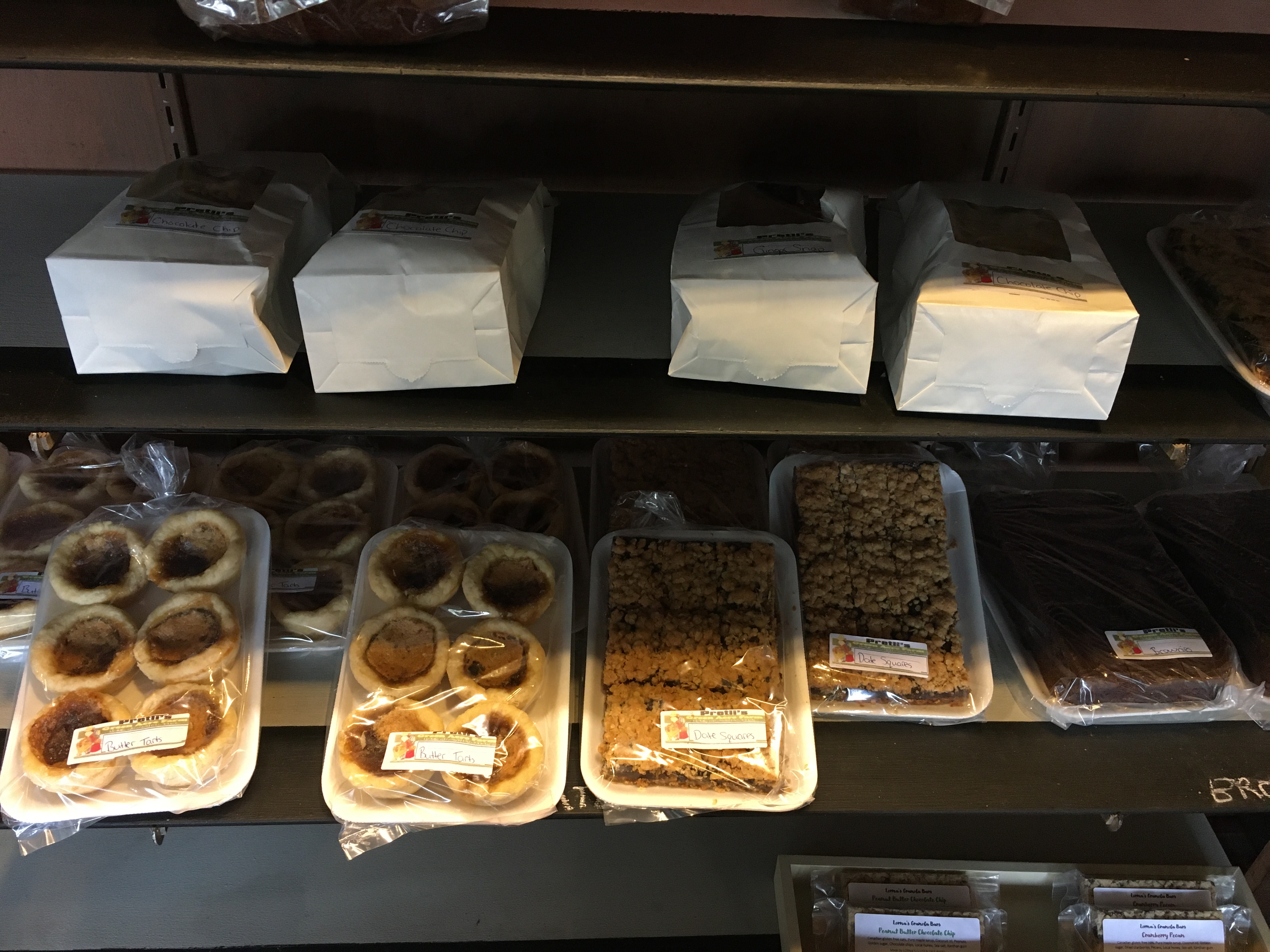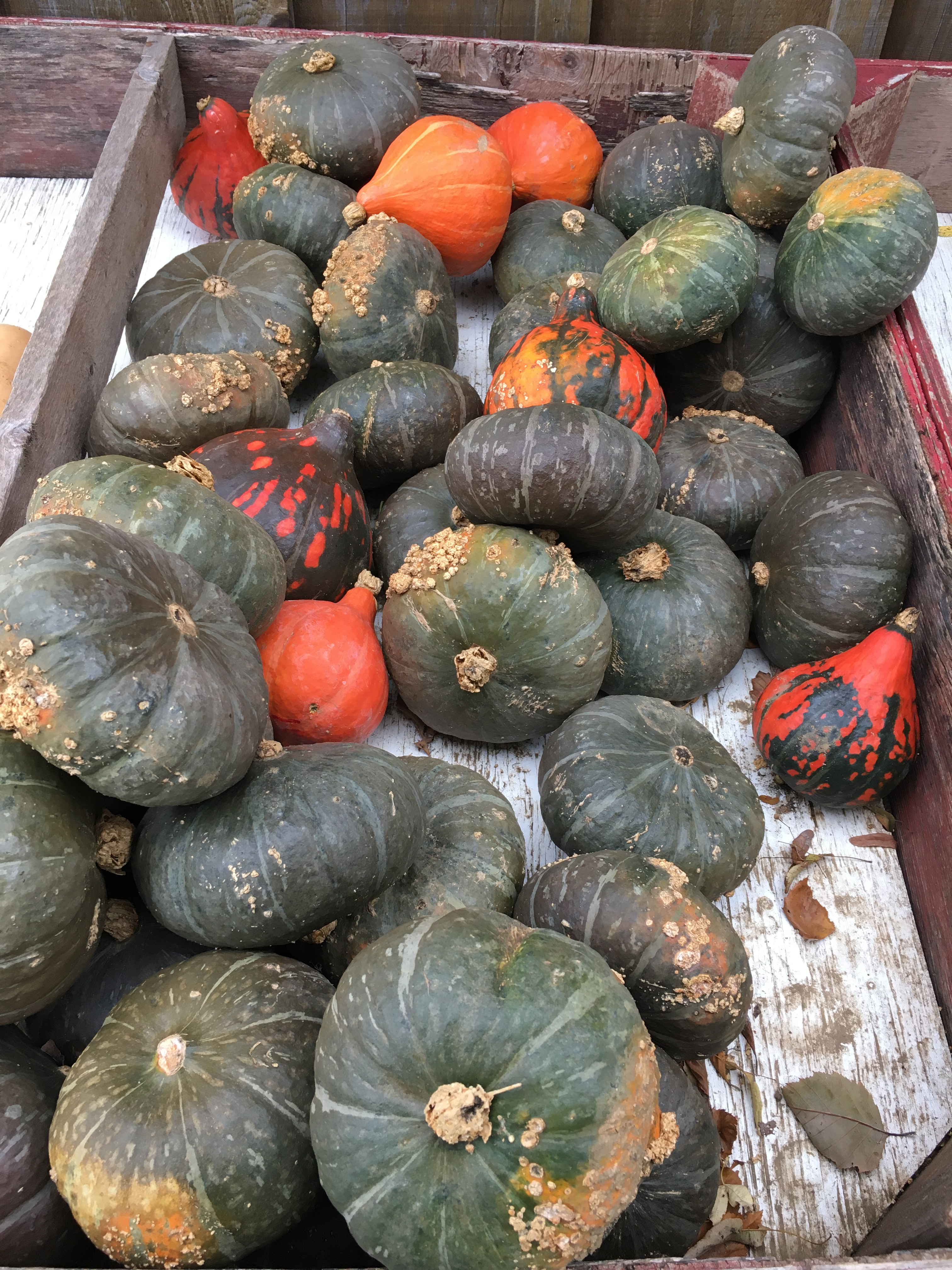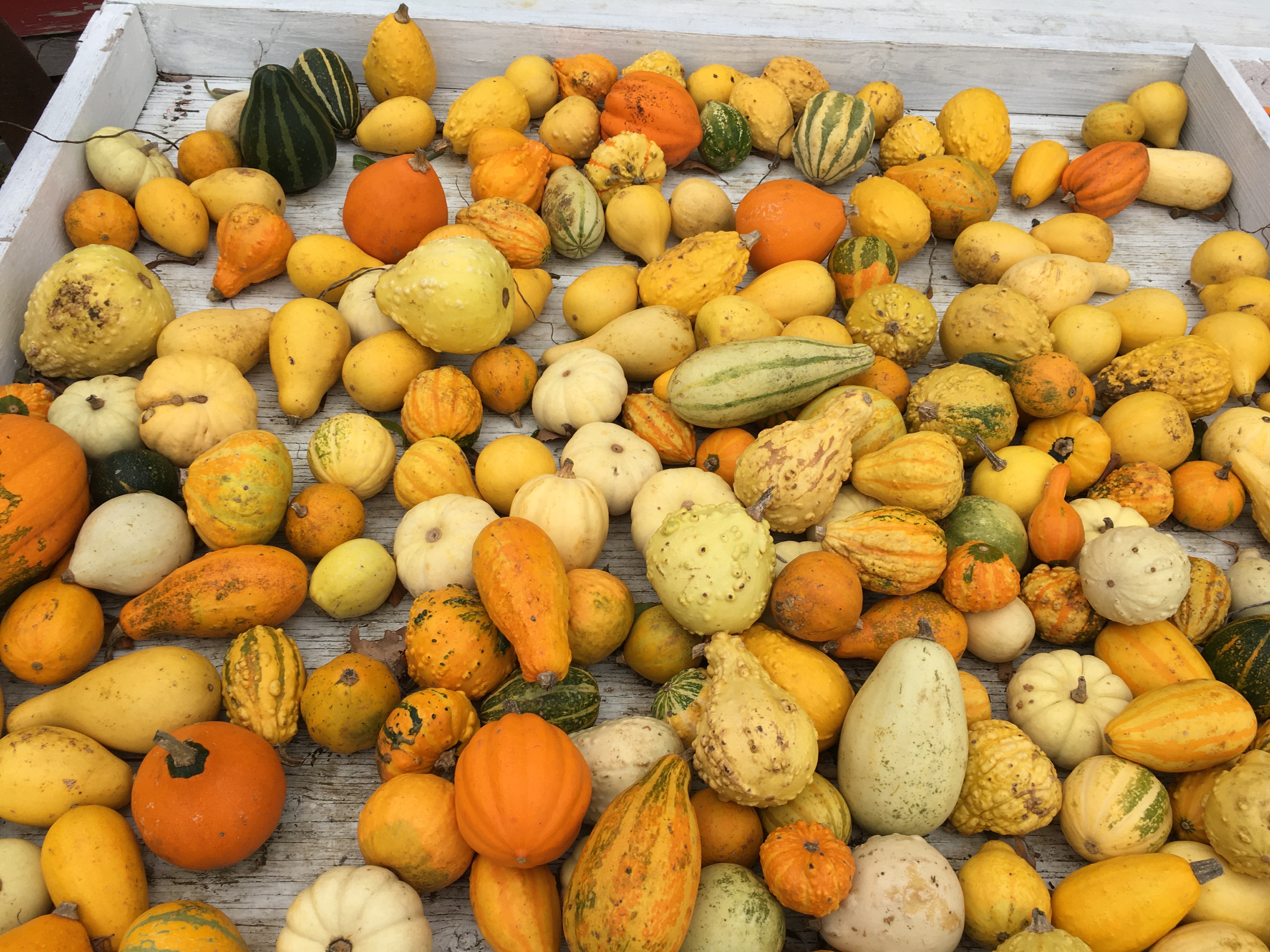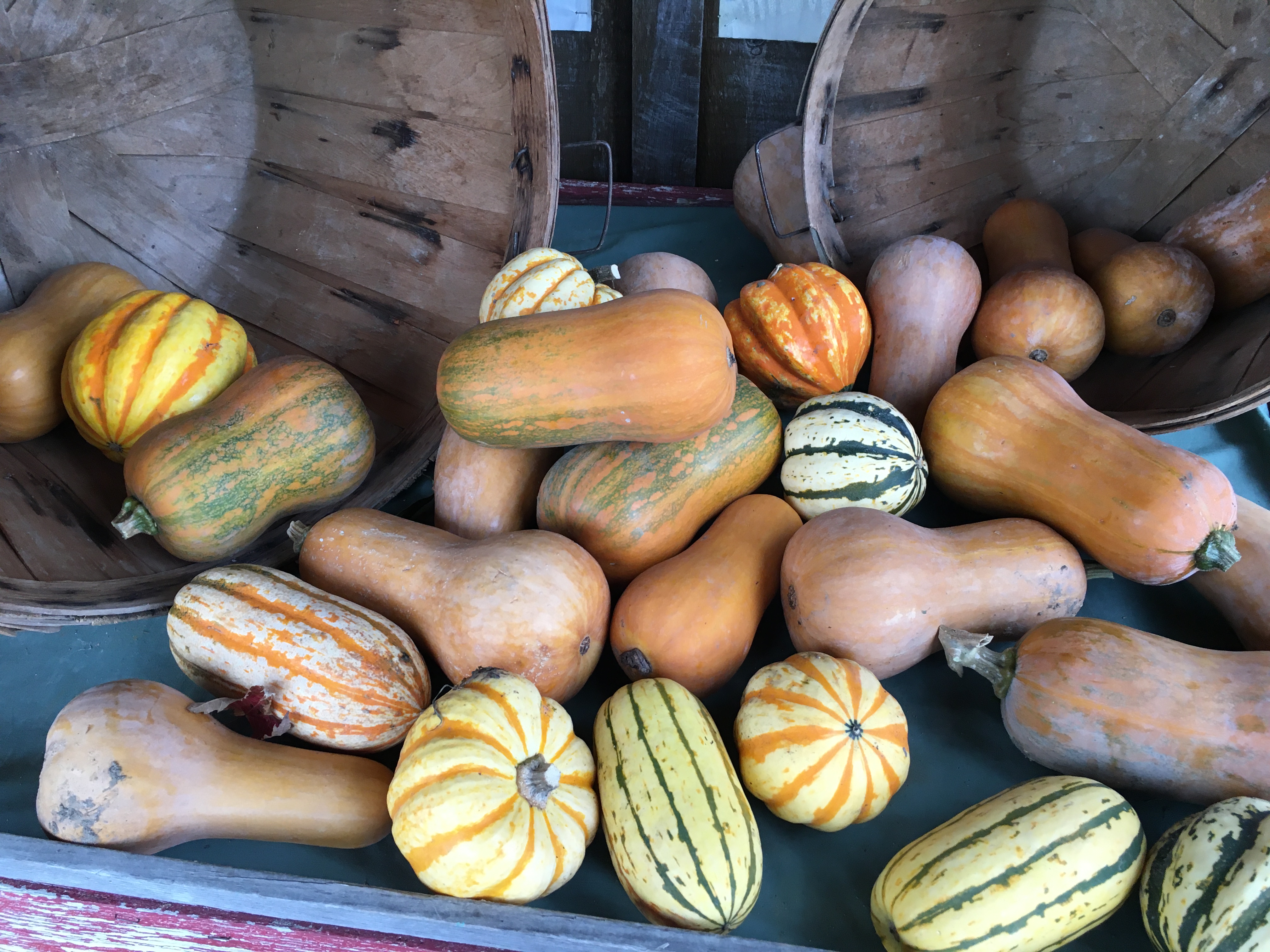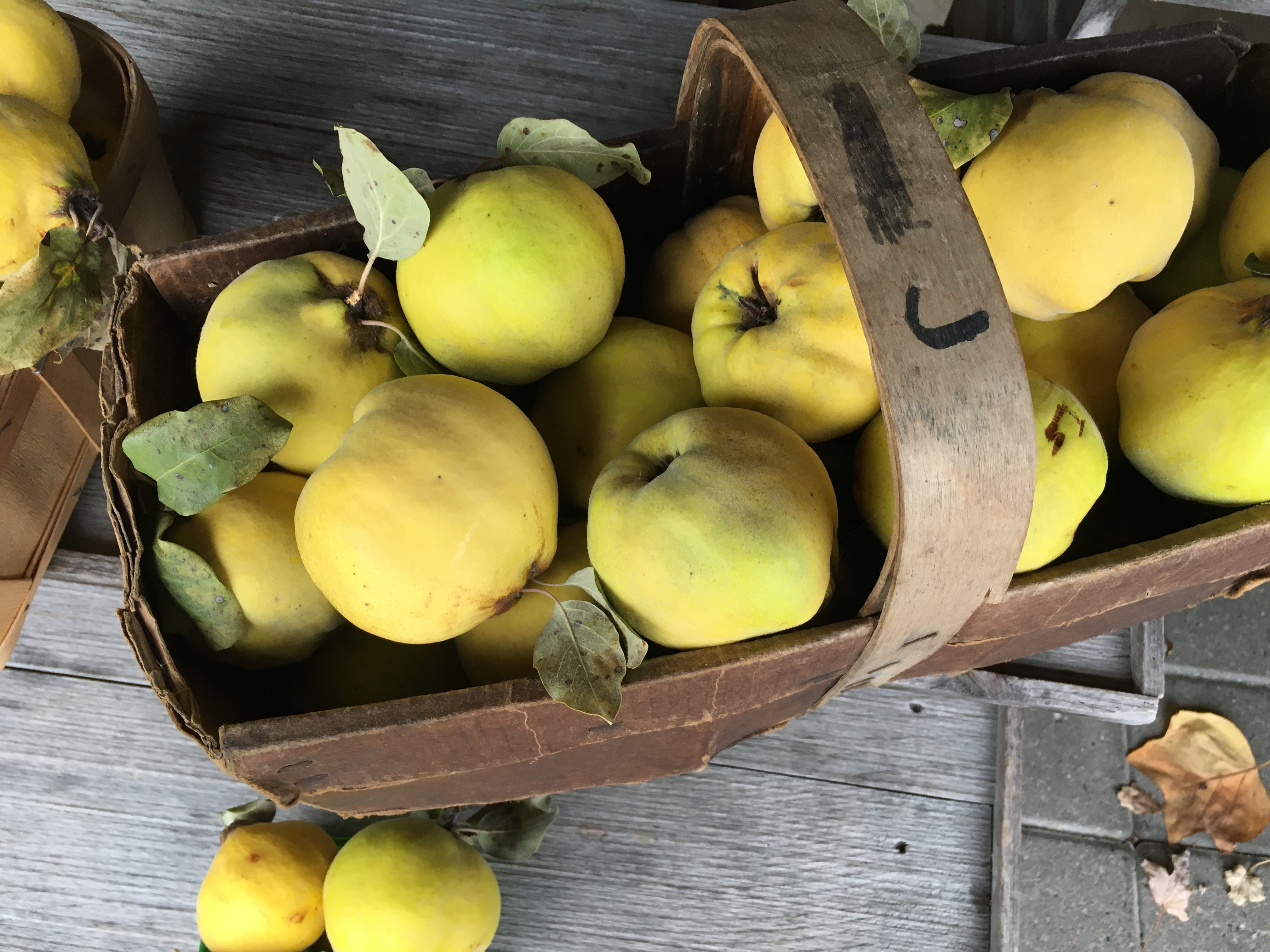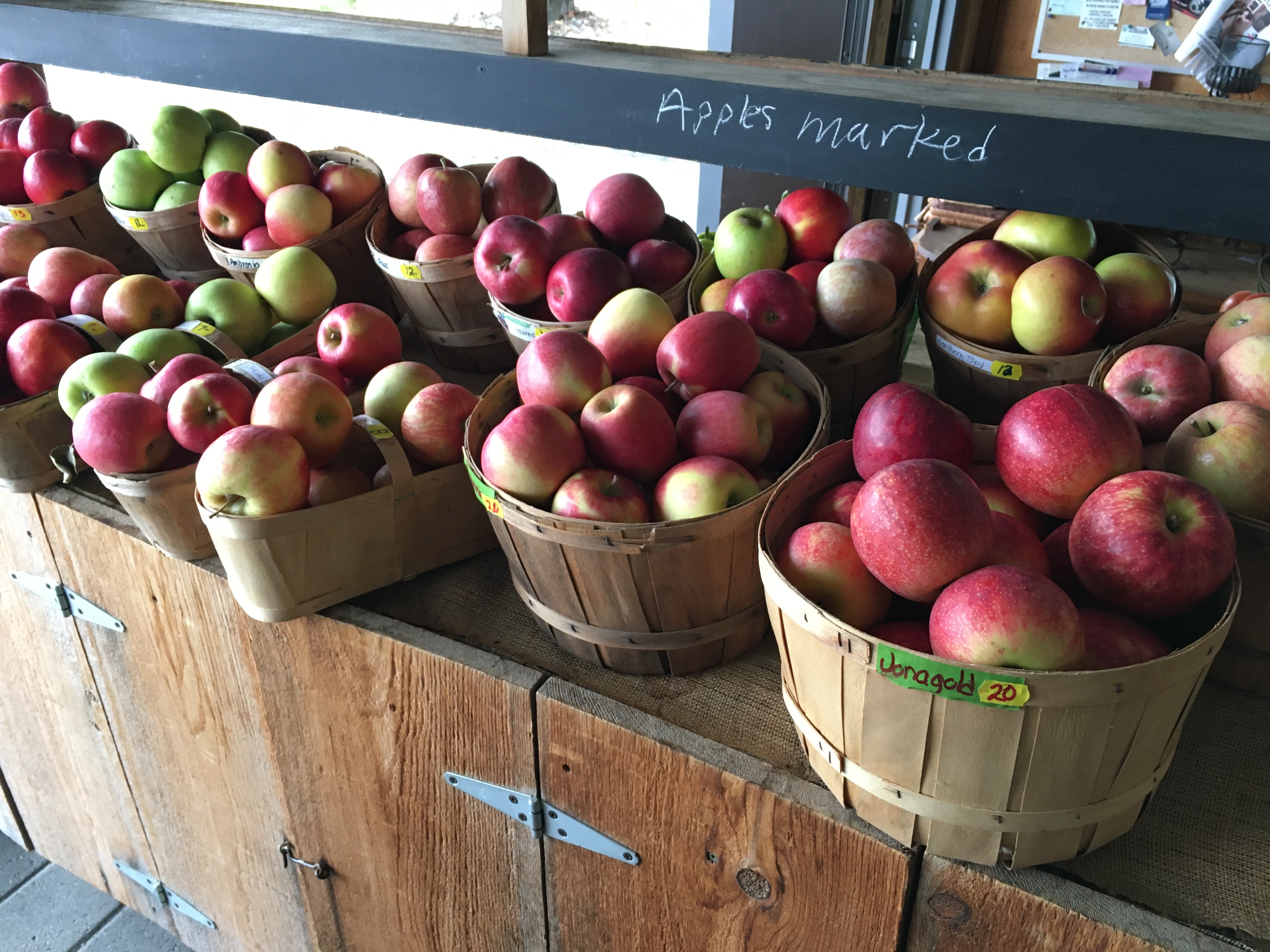
find me on...
For those of you that do Gringo Thanksgiving, there's still a bit left for decorating your center piece.
Apples, hard, soft, sweet, sour, cold, all cold. Cook your own
Closing at 5-5:30 tonight
What happened here? t
#PGAF #Halloween Countdown
HARROW ESSEX FLOODING SEPT 24 2025:
While a lot of the flood waters in the town of Harrow have receded this afternoon, residents along the shoreline east of Wright Road are still dealing with the after effects of the intense rainfall experienced today.
Aerial photography, videography, thermography and promotional content by Windsor Aerial Drone Photography. BE SURE TO LIKE AND FOLLOW US on Facecan and soundboxxx for more local content.
#windsoressexcounty
#harrowontario
#essex
#floodwaters
#townofessex
#CTVNews
#cbcnews
#am800news
#countyofessex
...read more
While a lot of the flood waters in the town of Harrow have receded this afternoon, residents along the shoreline east of Wright Road are still dealing with the after effects of the intense rainfall experienced today.
Aerial photography, videography, thermography and promotional content by Windsor Aerial Drone Photography. BE SURE TO LIKE AND FOLLOW US on Facecan and soundboxxx for more local content.
#windsoressexcounty
#harrowontario
#essex
#floodwaters
#townofessex
#CTVNews
#cbcnews
#am800news
#countyofessex
...read more


PSA: if you are missing a shoe and/or sock, you have until Hallowe'en to collect them.
After that I will wear them.
Compound found in nuts may treat depression, cancer
CTV.ca News Staff
Published Sunday, January 11, 2009 10:00PM EST
The human body needs a small amount of inositol, a member of the B vitamin family, for its cells to function properly.
Elie Klein, a naturopathic doctor in Toronto, told CTV News that a number of medical doctors send their patients to natural health food stores for inositol to treat a variety of conditions.
"There is certainly growing interest in it," Klein said.
Toronto psychotherapist Dr. Harold Pupko prescribes it to his patients to treat their anxiety and depression.
"There will be less chatter or less noise in your head in terms of repetitive types of negative thoughts, anxious thoughts," Pupko told CTV News.
Although inositol is relatively unknown among the general public, studies have shown it to be effective at reducing the symptoms of obsessive-compulsive disorder and panic attacks.
In Vancouver, researchers have just completed a preliminary study that suggests inositol may help prevent lung cancer.
For their study, the researchers gave former smokers 18 grams of inositol per day.
The ex-smokers had what is called severe dysplasia, or high-grade pre-cancerous changes in their bronchial tubes.
After one to three months on inositol, the patients had fewer pre-cancerous growths in their lungs. As well, the compound appears to cause few side effects, even at high doses.
"So this is one agent that seems to have a very potent effect in terms of regressing, pre-existing, pre-cancerous cells in the bronchial tube," Dr. Stephen Lam of the B.C. Cancer Agency told CTV News. "That is why we are quite excited about it."
There are also ongoing studies evaluating inositol's ability to treat infertility, lower cholesterol and normalize insulin levels.
amegroups ...read more
Purslane is antibacterial, antiscorbutic (prevents scurvy), depurative (remove toxins from the body), diuretic (releases salt and water from the kidneys), and febrifuge (reduces fever). Very rich in omega-3 fatty acids, more than any other leafy vegetable, 350 mg a-linolenic acid (only acquired through diet), which is good for the circulatory and an immune system. It also contains melatonin which regulates sleep. Vitamin A (44%25) content is one of the highest in leafy greens as well, an antioxidant and essential for vision, supports the skin, and protects from lung and oral cancers. Purslane is rich in Vitamin-C, and some B-complex vitamins and minerals. Potent antioxidants betalain alkaloid pigments (B-cyanins and yellow B-xanthins) are in purslane. Purslane contains six times more Vitamin E than spinach and seven more times the beta carotene than carrots. It contains a high amount of pectin which is known to lower cholesterol. Sometimes it is feed to poultry to reduce the amount of cholesterol in their eggs. High amounts of oxalates just like in spinach are present in purslane, so those susceptible to kidney stones should not consume it excessively. ...read more
Mark Morrison - Return of the Mack (Jazz/Funk Cover) by 130grit
*Gardening Soul:*
Gardening Soul added a new photo.
facebook


